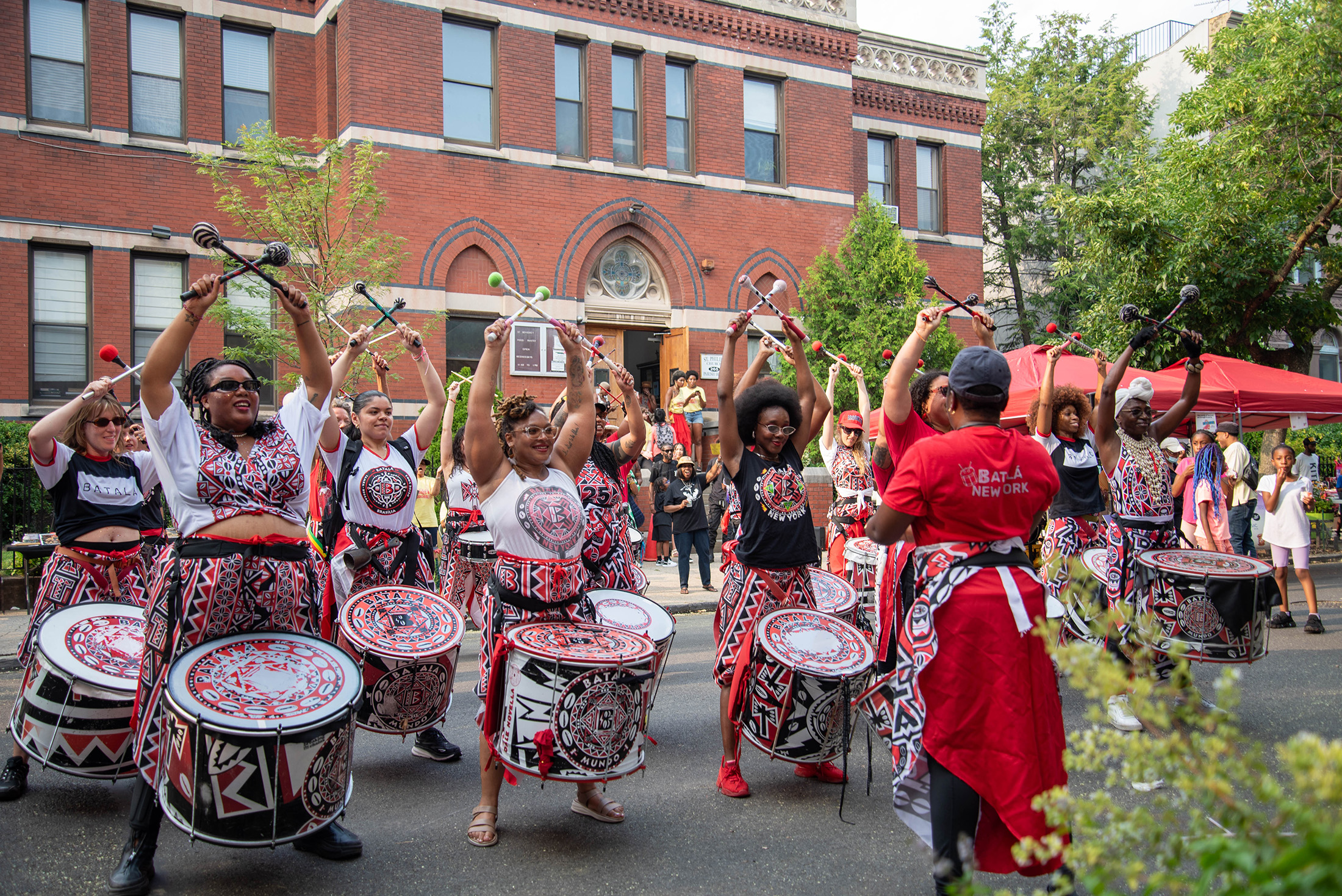Five Developers Bid for Public Place Site
Some of the city’s biggest firms are looking to redevelop the contaminated Public Place site in Gowanus, according to an article in the Brooklyn Eagle. The Related Companies, Two Trees Management, Strategic Development with Avalon Bay Communities, the Hudson Companies with Fifth Avenue Committee, and the World-Wide Group all responded to the city’s RFP for…


Some of the city’s biggest firms are looking to redevelop the contaminated Public Place site in Gowanus, according to an article in the Brooklyn Eagle. The Related Companies, Two Trees Management, Strategic Development with Avalon Bay Communities, the Hudson Companies with Fifth Avenue Committee, and the World-Wide Group all responded to the city’s RFP for the six-acre site off of Smith Street last month. The proposals include 500 to 1,000 units of housing, around 50 percent of which will be affordable. The Public Place is Related’s first attempt at building in Brooklyn, and one of the firm’s associates says redeveloping the site of a former manufactured gas plant would be no more complicated than any other real estate development project in this city. How long do you think it’ll be until something’s actually built here?
Five Developers Vie for Gowanus’ Contaminated Public Place [Brooklyn Eagle]
ISO Private Developer for Public Place [Brownstoner]





Polemicist believes that flooding will only come with a tsunami–now that is the most inflated statement here.
In recient rain heavy storms, storms that will be typical for the future of this area, the canal floods over it’s sides. And when the rain comes down fast, the sewer caps along Bond Street are forced out of their seating by the sewer waters–flooding the streets with sewer content. Lets not forget that this same sewer pipe runs across the Public Place site where regular cleanouts will also need to be located. Lets also not forget that the Ratner project will be keeping their clean rain water and sending millions of gallons of dirty waste down this pipe.
Polemicist shouldn’t be so sure that the canal waters and sewage won’t overtake this site, unless God has told him so. Will Polemicist be assuming this libality for all? The Developers certainly don’t care, the City is on for all the risk here.
KeySpan, now owned by a British energy conglomerate? I bet they wriggle out of any responsibility.
The Brownfield hook is that Keyspan is on the arm for the expense of the abatement. The developer will just cash in. Welcome to the neighborhood.
Someone needs to do another Carroll Gardens cancer cluster study.
If you live on top of this stuff, it will have health consequences. There is no magic concrete cap, there is no magic way to get rid of the contamination.
Well, except one.
Pretend it’s not there. Which is exactly what the developers and some people in this thread seem inclined to do.
For the record, the Smith/Ninth Street station will be completely rebuilt and reopened by the time anything gets built on this site.
Sewage and flooding are major issues. Toxins are also an issue; however, no one is getting well water in this neighborhood. It’s different than Erin Brockovich or A Civil Action. Apples and oranges.
I hope to god that they are not planning on adding parking for half of the units. This ain’t the suburbs.
What is the suggested alternative to development here? There’s been a lot of nothing done for way too long. Cleaning and capping the site is really not that complicated (though I guess Whole Foods got in over their heads). This site would be a great opportunity for a project with a sizeable affordable housing component. Rather than being exploitive of poor and middle income residents it would provide housing near transportation within a reasonable commuting distance. As far as schools the SCA will be spending billions over the next decade or two, why not some of it here? The Subway station at Smith and Ninth is aready slated for renovation as is the overpass itself (to be completed by 2011).
Some have posted that “millions will be risked and lost trying” to develop in areas like this. Others say its a windfall for developers who will be lining their pockets. Which is it? I don’t know but with the risks comes reward.
“Public Place” is actually a semi-technical term (not defined in the Zoning Resolution.) I don’t remember what it means, but this is not the only “Public Place.”
Why is it called Public Place?